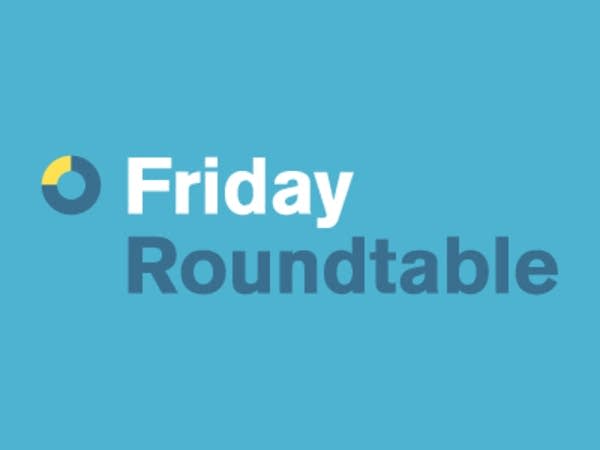The state of community and technical college in Minnesota
Go Deeper.
Create an account or log in to save stories.
Like this?
Thanks for liking this story! We have added it to a list of your favorite stories.

Over the past month, we've talked about many facets of higher education--from MOOCs to liberal arts institutions. Today we're talking about other important post-secondary options: community and technical colleges.
Learn more about community college and vocational training:
• Why Community Colleges Should Be Free
Community colleges are pillars of STEM (science, technology, engineering and mathematics) education. They train technicians for jobs in leading-edge industries and grant associate's degrees that let students finish the last half of their higher education at a four-year institution. While the gap in economic well-being between college graduates and those with only a high school diploma grows ever wider, community colleges serve as gateways for the underrepresented and the working class. (Scientific American)
Turn Up Your Support
MPR News helps you turn down the noise and build shared understanding. Turn up your support for this public resource and keep trusted journalism accessible to all.
• The difficulties transferring credits from community college to universities
Only about 12 percent of community college students who express an intention to transfer to a four-year school and complete a degree actually do so within six years, according to research by the Century Foundation.
A recent report by the Graduate Center at the City University of New York found that students are much less likely to earn a bachelor's degree if they begin their academic careers at a community college. (Community College Week)
• Combining the GED and professional certification
Carroll Community College in Maryland offers a joint GED-certificate program that allows students to get their high school credential, as well as an A+ certificate, which can lead to an entry-level career in information technology.
Many of these programs are modeled after I-BEST, an integrated basic education and skills training initiative launched in Washington State to help students with low basic skills, English language learners and those without a high school diploma enter college-level courses and earn professional credentials. (U.S. News & World Report)


